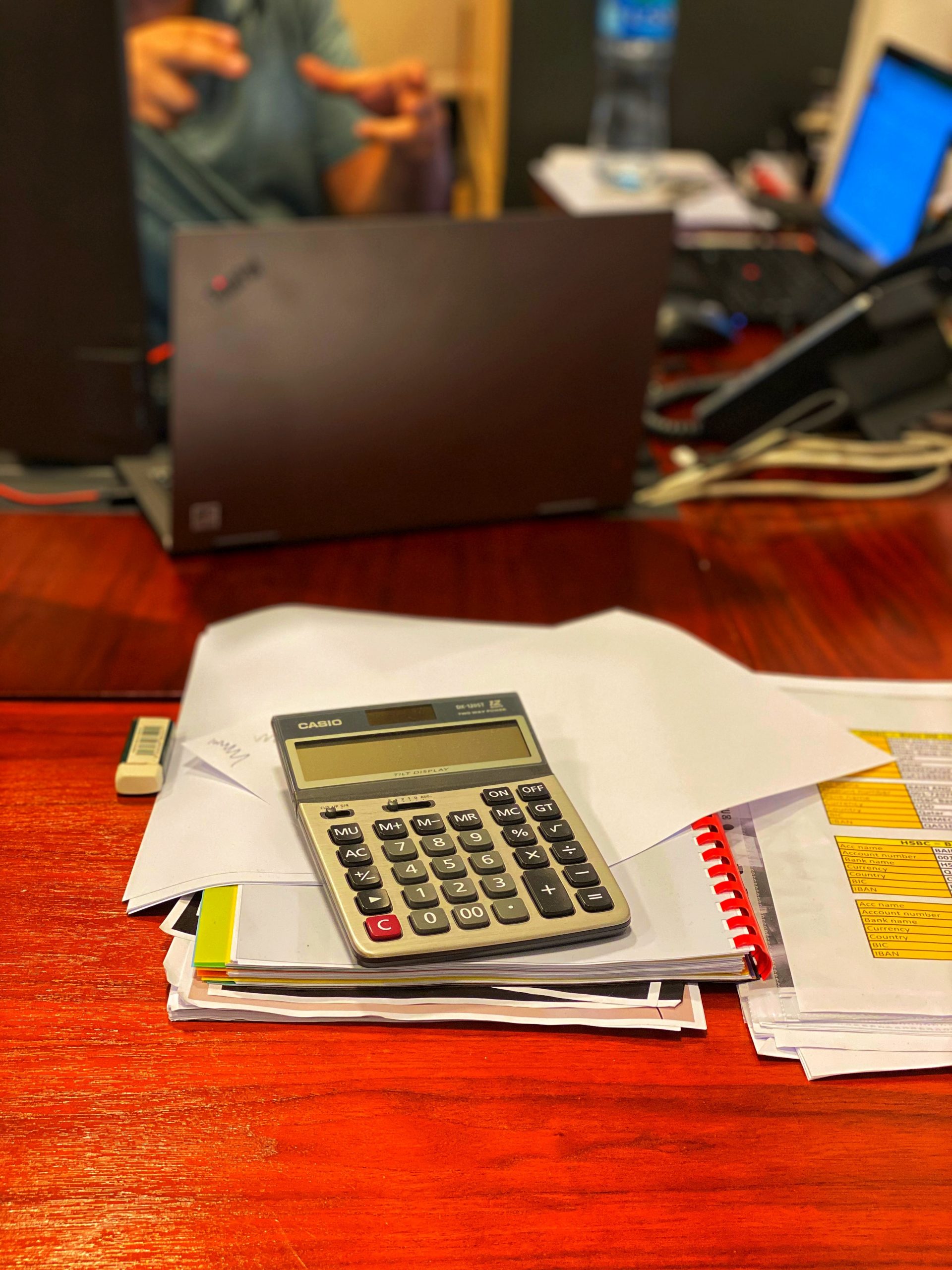
5% VAT calculator
Enter your Net Amount 💰 and we’ll automatically calculate your:
VAT Amount 🧮: This shows the 5% UK Reduced VAT that’s been calculated from your Net Amount.
Gross Amount 📈: This is your Net Amount with the VAT added on to give you the total.
Calculating 5% rate VAT
➕ Adding 5% VAT
To manually add 5% VAT to a cost, it’s super simple!
Multiply the original cost by 1.05.
For example: £100 💰 x 1.05 = £105 💸 (This gives you the gross amount including VAT).
➖ Reversing 5% VAT
To reverse calculate 5% VAT from a total price:
Divide the total price by 1.05.
For example: £100 💰 / 1.05 = £95.24 🧮
Subtract this result from the original total to find the VAT amount.
For example: £100 – £95.24 = £4.76 🧾 (This is the VAT amount on an item sold for £100).
What Is the reduced VAT rate in the UK?
💡 Reduced VAT Rate of 5%: This is a special, lower rate of Value Added Tax (VAT) applied in the UK, significantly less than the standard 20%. It’s designed to make certain essential goods and services more affordable for consumers and to support specific sectors of the economy.
🏠 Household Energy: This includes things like gas and electricity for your home. Applying the reduced VAT rate to energy bills helps to ease the financial burden on households, especially during colder months or periods of high energy prices, making a basic necessity more accessible.
🛠️ Home Renovations: Certain types of renovation work on residential properties also qualify for the 5% rate. This can encourage people to improve their homes, potentially boosting the construction sector and making housing safer or more energy-efficient. Examples might include installing energy-saving materials.
🍽️ Hospitality Services: This is a key area where the reduced rate often applies, particularly for services like eating out at restaurants, cafes, or staying in hotels and similar accommodation. The aim here is to support the hospitality industry, which can be a significant employer and contributor to the economy, especially during challenging times. This makes it more attractive for consumers to patronize these businesses.

Reduce VAT Rate History
The reduced VAT rate in the UK has seen several transformations since the Value Added Tax was first introduced. Let’s take a look at its journey:
🗓️ 1973-1974: The Beginning – No Reduced Rate When VAT made its debut in the UK in 1973, it kicked off with a single standard rate of 10%. There was no concept of a “reduced rate” back then; everything was taxed at the same level.
🏡 1974-1979: A Reduced Rate Emerges (8%) Just a year later, in 1974, a reduced VAT rate of 8% was introduced. This was a significant shift, acknowledging that some goods and services might benefit from a lower tax burden.
Its primary focus was on promoting energy efficiency, specifically applying to the installation of energy-saving materials in dwellings, such as insulation. This move aimed to encourage homeowners to make their properties more energy-efficient.
⬆️ 1979-1991: Rate Hike and Broader Application (15%) In 1979, the reduced VAT rate saw a considerable jump from 8% to 15%. This wasn’t just a rate change; it also signaled an expansion of what qualified for the reduced rate.
It now applied to a wider array of essential goods and services, including domestic fuel and power (heating your home became subject to a lower rate) and certain repairs and renovations to residential properties. This aimed to support home maintenance and affordability for energy.
⬇️ 1991-1997: Rate Reduction (8%) A decade later, in 1991, the pendulum swung back, and the reduced VAT rate was brought down from 15% to 8%.
The 8% rate continued to cover important areas like domestic fuel and power and specific renovations to residential properties, providing continued relief in these sectors.
🌟 1997-Present: The Current 5% Rate & Expanding Scope Since 1997, the reduced VAT rate has been consistently set at 5%. This has been a stable period for the reduced rate.
This 5% rate applies to a crucial range of goods and services that are deemed essential or beneficial to society. These include:
🔥 Domestic fuel and power: Continuing the support for household energy costs.
👶 Children’s car seats: Recognizing the importance of child safety and making these essential items more affordable.
🩸 Sanitary products: Addressing period poverty and making these necessary items more accessible.
🛠️ Some renovations and alterations to residential properties: Still providing a lower tax burden for certain home improvements, encouraging upkeep and development.
